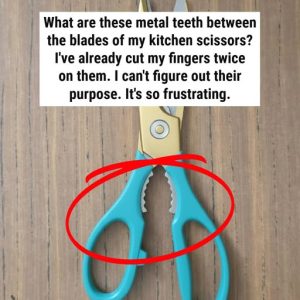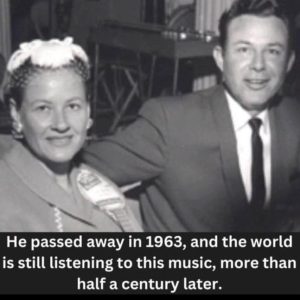Ever noticed a tall rod on a pickup or semi and assumed it was a CB antenna? These days, it’s often something more modern—a cell-signal booster, a lifeline for drivers in remote areas with weak coverage.
Smartphones have tiny internal antennas that work well in cities but struggle on rural roads, mountain passes, or desert highways. That’s where external antennas come in. Mounted high on a truck or RV, they capture faint signals from distant towers and feed them to an amplifier inside the cab.
The amplifier strengthens the weak signal and passes it to a small interior antenna, which rebroadcasts it. Phones, hotspots, and tablets can then connect in places they normally couldn’t.
The system is simple: an outside antenna to pull in the signal, an amplifier to boost it, and an inside antenna to spread it. The result? Fewer dropped calls, faster GPS, reliable texts, and smoother streaming.
Who benefits most? Anyone frequently in low-signal zones—farmers, ranchers, truckers, RV travelers, overlanders, and contractors. For them, it’s both a safety tool and a productivity boost.
These systems support LTE and 5G, often for multiple devices. Popular models like the weBoost Drive Reach or HiBoost Travel 3.0 run between $300 and $500.
For many, that tall pole isn’t just a gadget—it’s a bridge between isolation and connection, keeping travelers safer, reachable, and a little less alone on the open road.





